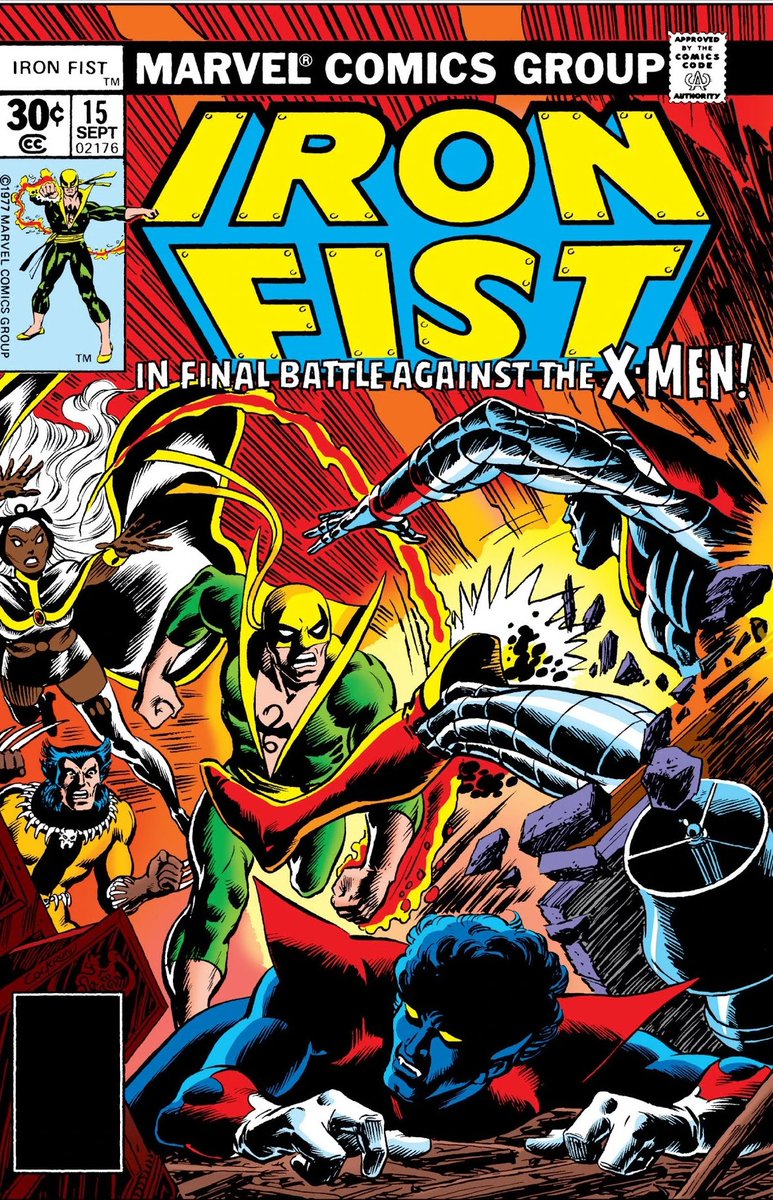
The relationship between comics and nationalism is well-researched, and in Classic X-Men #29, Claremont defies the established comics treatment of The Cold War by revisiting and recontextualiing Colossus’s relationship to his motherland. #xmen 1/7 

CXM 29 debuts in Jan 1989, very much during The Cold War between the US and USSR, a war that was largely fought through the media at a time when sympathetic portrayals of Soviet citizens with a genuine love for their country was still quite abnormal. 2/7 

In his 1975 debut, Colossus was portrayed by Wein as brash/aggressive. Claremont would progressively push the character toward a more sympathetic portrayal, emphasizing both his vulnerability and his internal conflict with the excesses of American capitalism. 3/7 

This was an important development for UXM, the series that is credited by scholar Richard Sabin as being the first Marvel comic to break the international market. Portraying foreign characters whose nationalistic perspectives and values remain intact abroad is abnormal. 4/7 

Claremont opens “Motherland” with a stunning revelation: Colossus is openly contemplating quitting the X-Men in order to stay with his people. His love for his community, his family, and his titular motherland are all made readily apparent throughout the story. 5/7 

Unfortunately for Colossus, the community takes issue with his initial departure, brandishing him a traitor for lending his superpowered resources to a foreign power rather than placing them within the service of his country and community. 6/7 

The story doesn’t end with Colossus espousing the value of his international mission. He doesn’t even decide to return to the X-Men; he is forced to leave, tragically. 7/7 

• • •
Missing some Tweet in this thread? You can try to
force a refresh


















